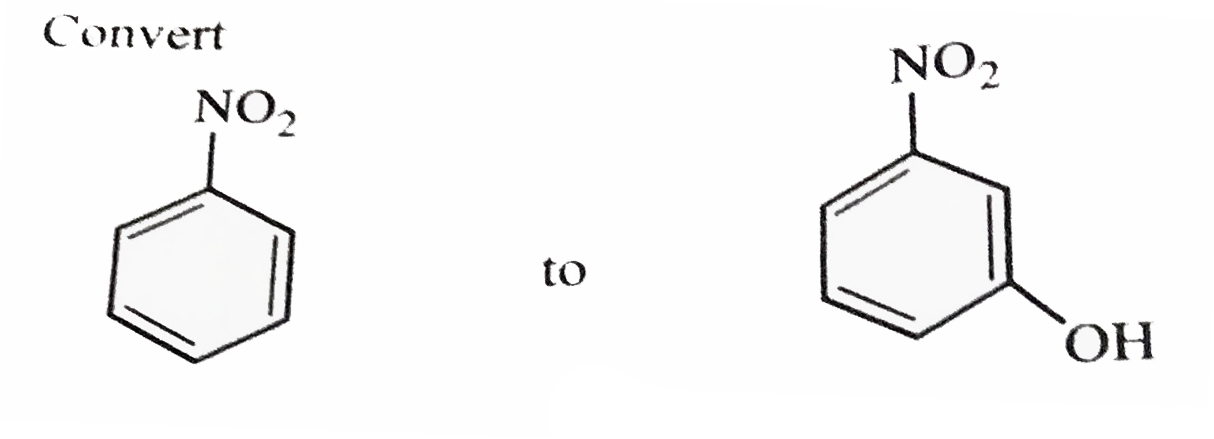Convert 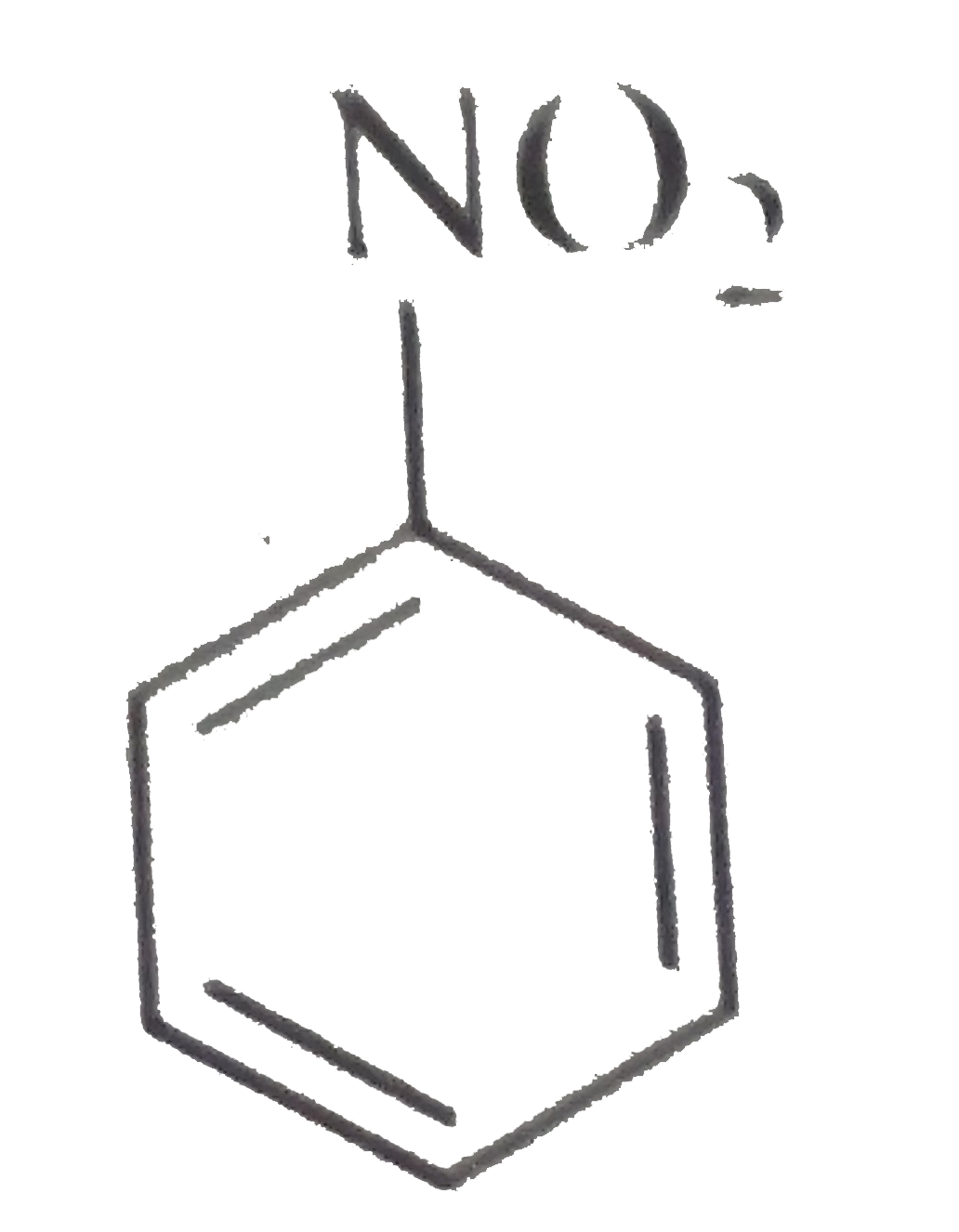
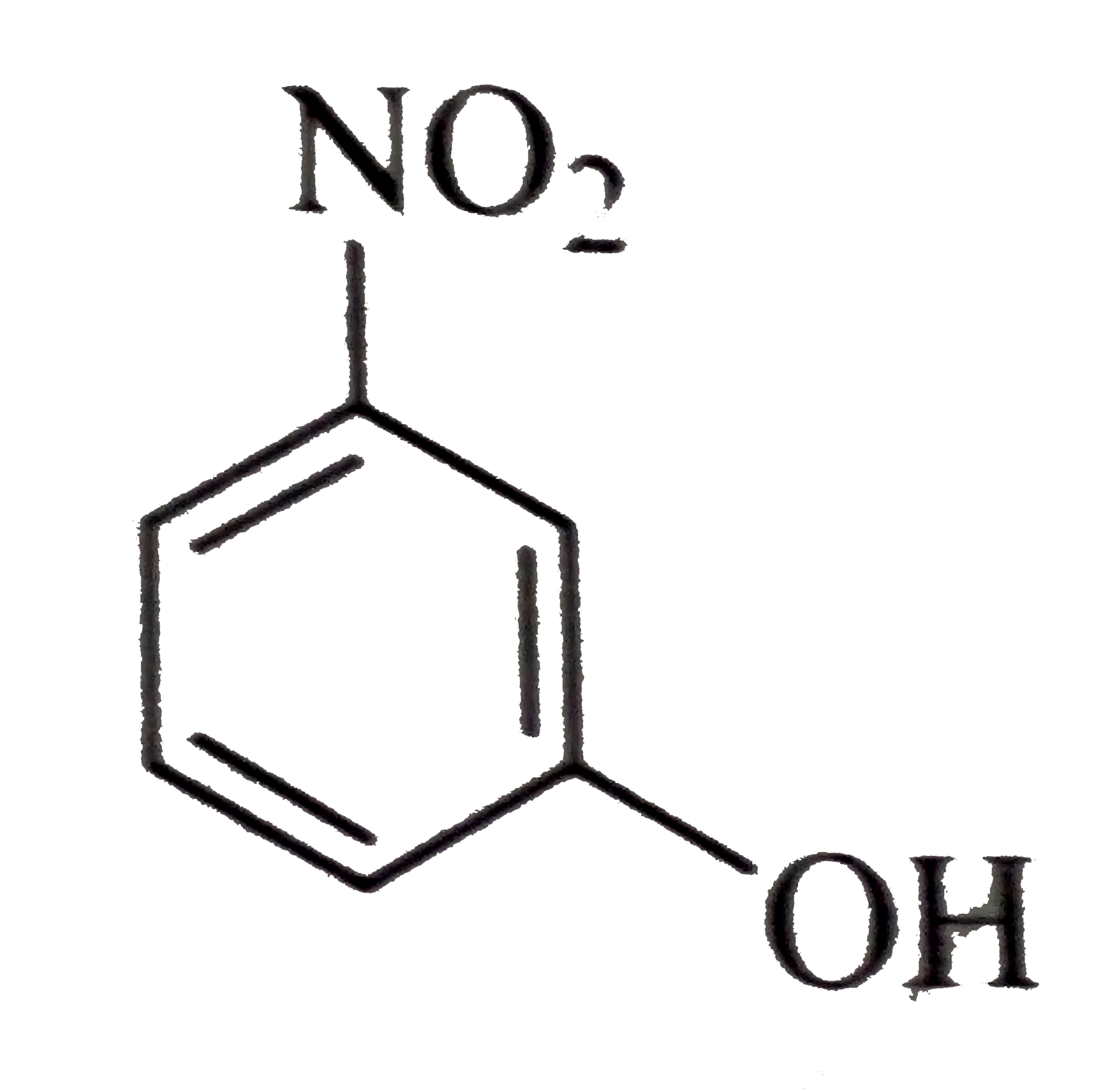 in not more than four steps. Also mention the temperature and reaction conditions.
in not more than four steps. Also mention the temperature and reaction conditions.
Text Solution
(##KSV_CHM_ORG_P2_C15_E01_183_S01.png" width="80%">.
|
Topper's Solved these Questions
- ORGANIC COMPOUNDS WITH FUNCTIONAL GROUPBOOK - CENGAGE CHEMISTRYCHAPTER - ORGANIC COMPOUNDS WITH FUNCTIONAL GROUPEXERCISE - Archives Fill In The Blanks
3 Videos
- NUCLEAR CHEMISTRYBOOK - CENGAGE CHEMISTRYCHAPTER - NUCLEAR CHEMISTRYEXERCISE - Archives Subjective
13 Videos
- P-BLOCK GROUP 15 ELEMENTS - THE NITROGEN FAMILYBOOK - CENGAGE CHEMISTRYCHAPTER - P-BLOCK GROUP 15 ELEMENTS - THE NITROGEN FAMILYEXERCISE - Exercises Archives (Subjective)
28 Videos
Similar Questions
Knowledge Check
For a reaction to be spontaneous at any temperature, the conditions are
AΔH=+ve,ΔS=+veBΔH=−ve,ΔS=−veCΔH=+ve,ΔS=−veDΔH=−ve,ΔS=+veFor a reaction to be spontaneous at any temperature, the conditions are
AΔH=+ve,ΔS=+veBΔH=−ve,ΔS=−veCΔH=+ve,ΔS=−veDΔH=−ve,ΔS=+veOccurence of more than four spores in a tetrad is called
APolysiphonyBPolyspermyCPolysporyDPoly embryony
How would you carry out the following conversion efficiently using NOT more than four steps? Give the appropriate reagent(s) and reaction condition(s) empolyed in each step.
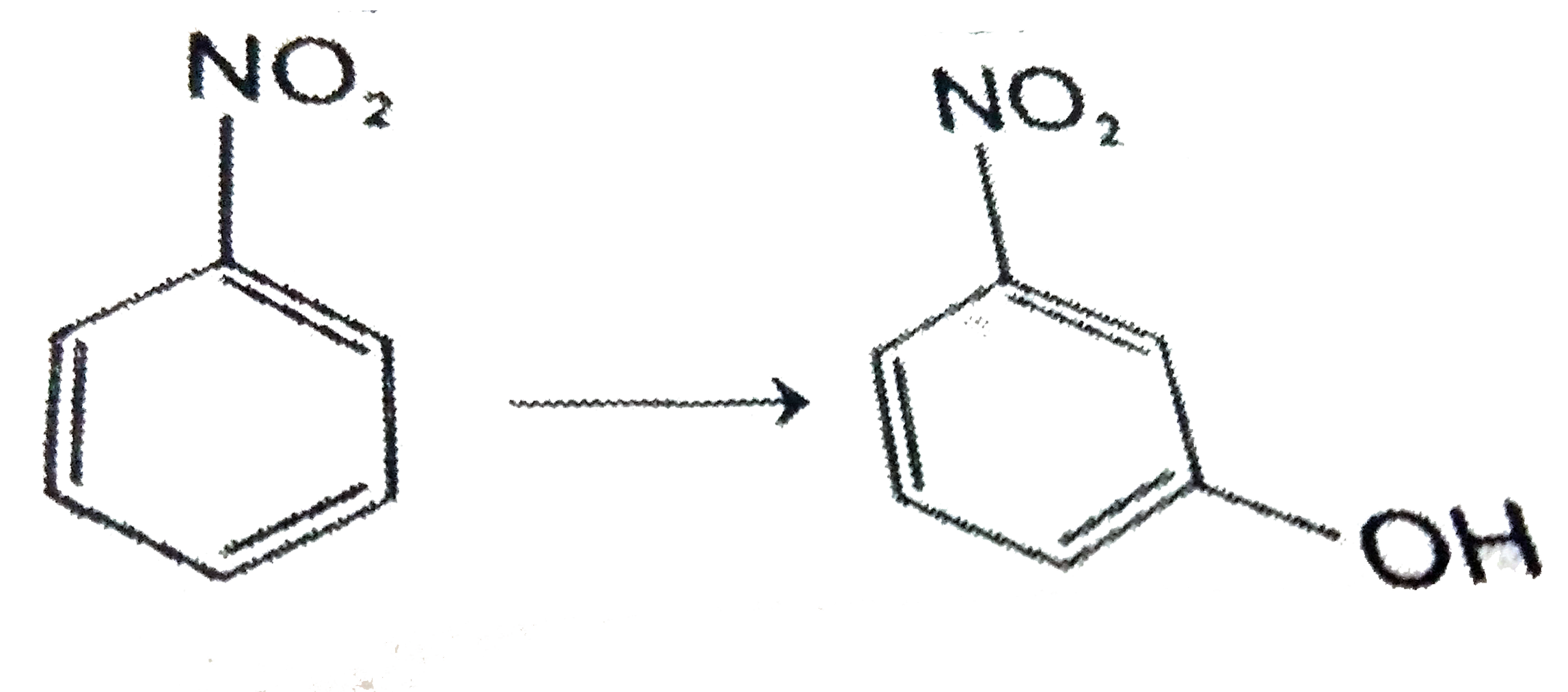
View SolutionHow would you carry out the following conversion efficiently using NOT more than four steps? Give the appropriate reagent(s) and reaction condition(s) empolyed in each step.

View SolutionConvert the following (in not more than three steps):
 .
.
View SolutionConvert the following (in not more than three steps):
 .
.
View SolutionConvert nitrobenzene to sulphanilic acid
in not more than four steps.
View Solution

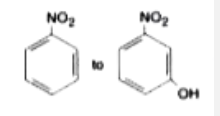 ( in not more than four steps )
( in not more than four steps )